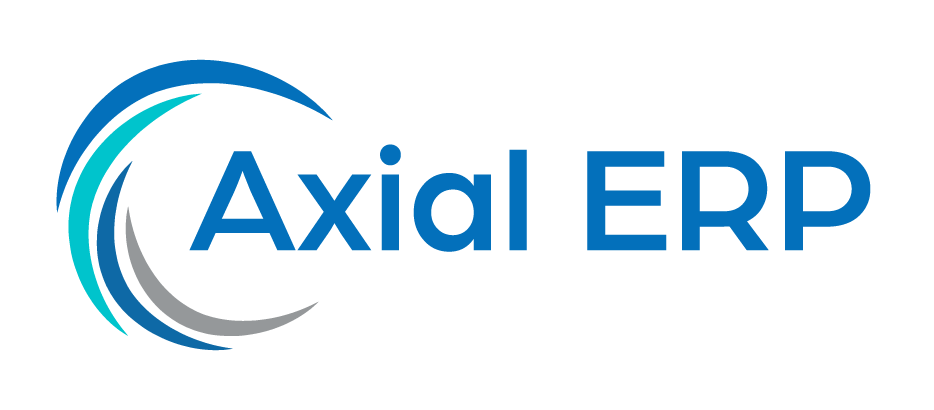Maximizing Operational Time with ERP-Driven Maintenance Schedules
In today’s business world, efficiency and continuity are key to success. Organizations are constantly seeking ways to optimize their operations and reduce downtime. One of the most effective strategies to achieve this is through preventive and predictive maintenance managed by enterprise resource planning (ERP) systems. In this article, we will explore how ERP-driven maintenance schedules can maximize operational time and contribute to the success of a company.
What is ERP-Driven Maintenance?
ERP-driven maintenance refers to the use of enterprise resource planning software to schedule and manage an organization’s maintenance activities. These systems enable companies to anticipate maintenance needs, efficiently schedule interventions, and minimize unplanned downtime.
Benefits of ERP-Driven Maintenance
- Optimization of equipment uptime.
- Long-term maintenance cost reduction.
- Improvement in resource planning and allocation.
- Increase in the lifespan of company assets.
- Facilitates compliance with regulations and standards.
Implementation of an ERP Maintenance System
Implementing an ERP system for maintenance requires careful planning and strategic execution. It involves selecting suitable software, integrating it with other systems in the company, and training personnel. A step-by-step approach ensures a smooth transition and maximizes the system’s benefits.
Selecting the Right ERP Software
The choice of ERP software should be based on the specific needs of the company, compatibility with existing systems, and ease of use. It is important to consider providers with experience and a proven track record in implementing ERP maintenance solutions.
Integration with Existing Systems
To maximize efficiency, the ERP system must seamlessly integrate with other enterprise systems such as inventory management, purchasing, and human resources. This allows for a holistic view of operations and facilitates data-driven decision-making.
Training and User Adoption
The success of an ERP maintenance system also depends on proper training of the personnel who will use it. User adoption is crucial, so it is essential to provide ongoing training and support during and after implementation.
Best Practices for ERP Maintenance
To make the most of an ERP maintenance system, companies should follow a set of best practices that include standardizing processes, collecting and analyzing data, and continuous improvement.
Standardizing Maintenance Processes
Standardizing maintenance processes ensures that all activities are performed consistently and efficiently. This reduces the likelihood of errors and improves the ability to track maintenance performance.
Collecting and Analyzing Data
An ERP system provides a wealth of data that, if properly analyzed, can offer valuable insights for maintenance optimization. Analyzing this data helps predict potential failures and proactively schedule preventive maintenance.
Continuous Improvement
ERP-driven maintenance is a dynamic process that must evolve with the company. Adopting a continuous improvement approach allows organizations to adjust their maintenance strategies to adapt to changes in market conditions and technology.
Conclusion
ERP-driven maintenance is a powerful tool for companies seeking to maximize their operational time and efficiency. Through strategic planning, careful implementation, and adherence to best practices, organizations can achieve a significant competitive advantage and ensure the longevity of their assets.



